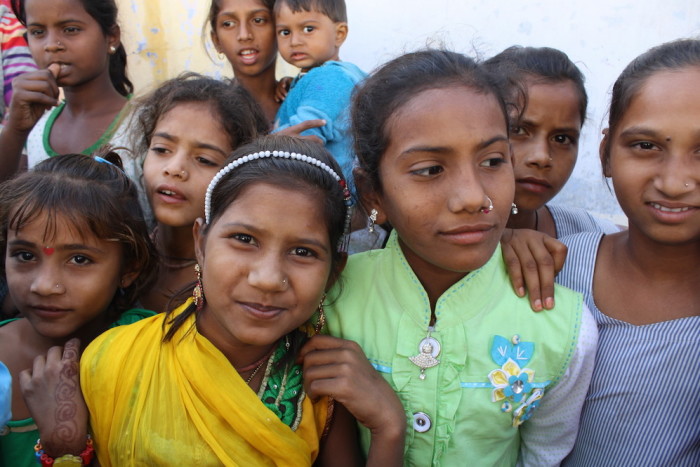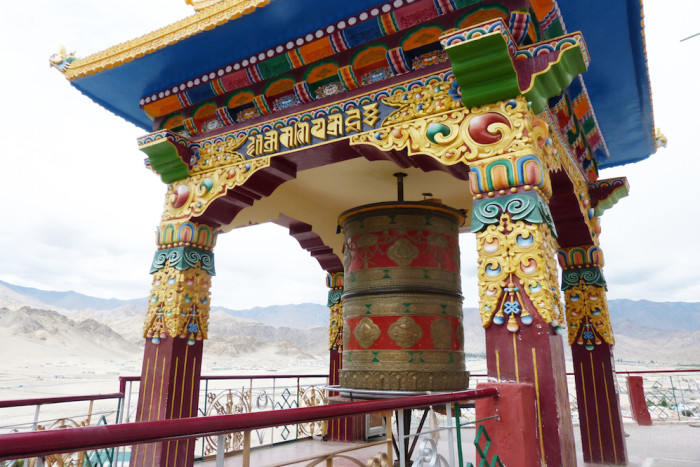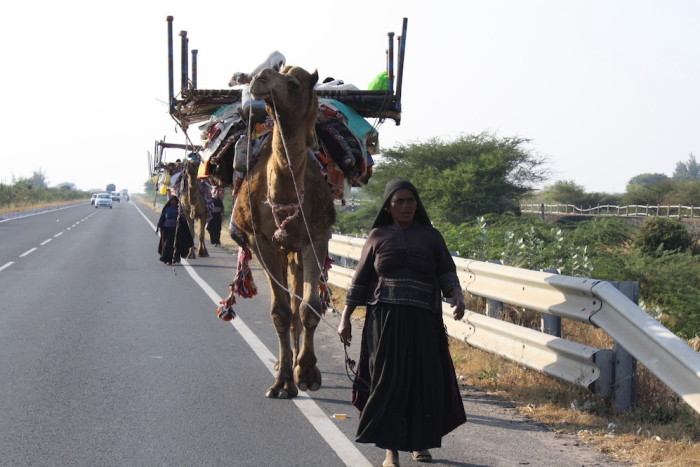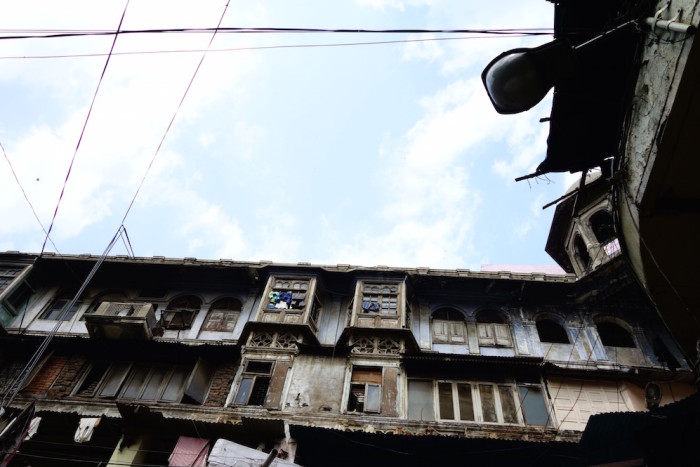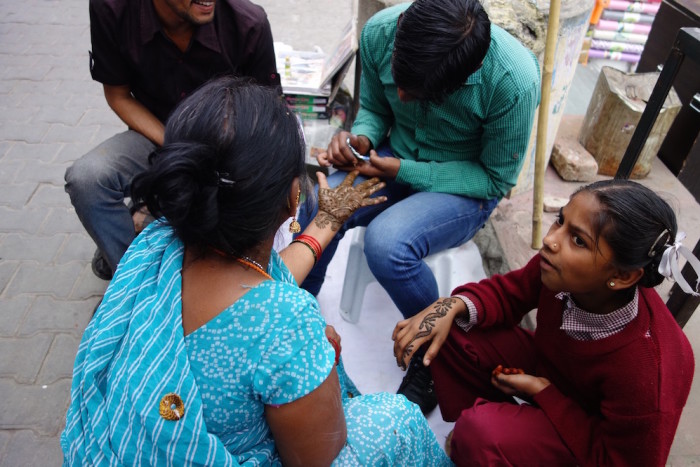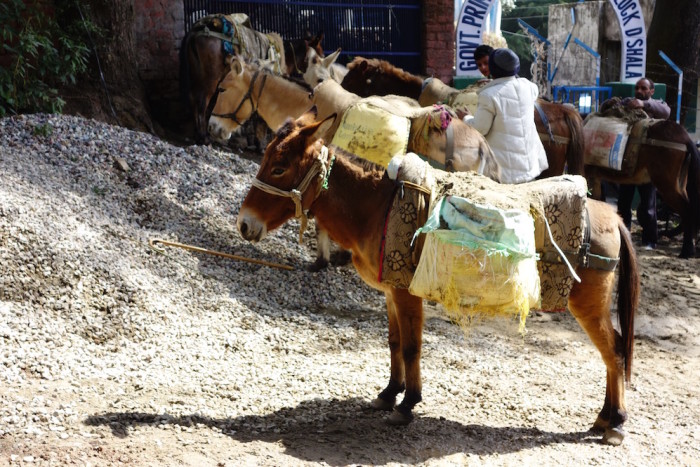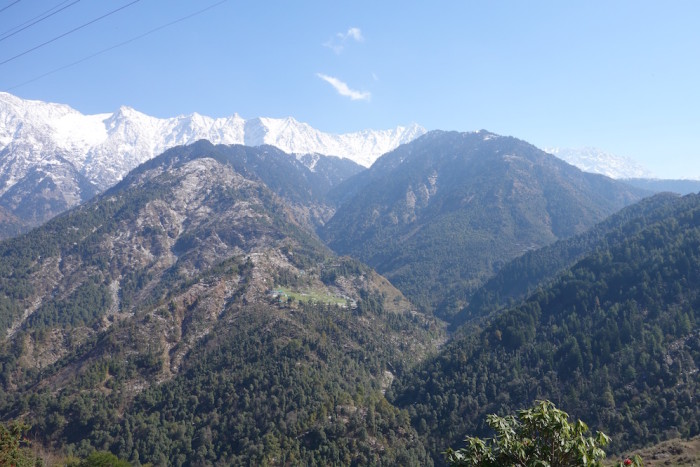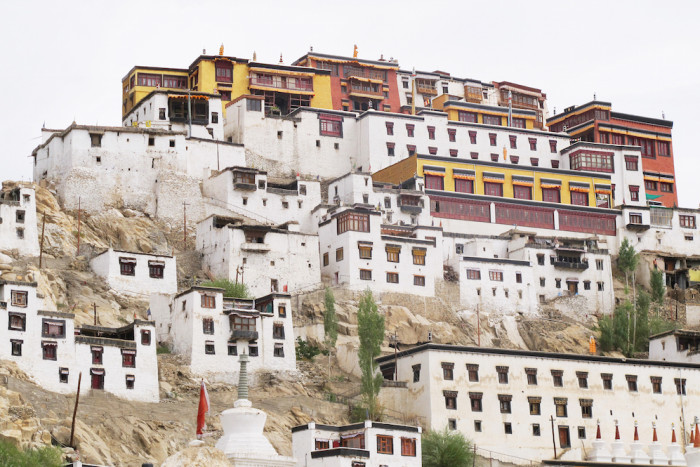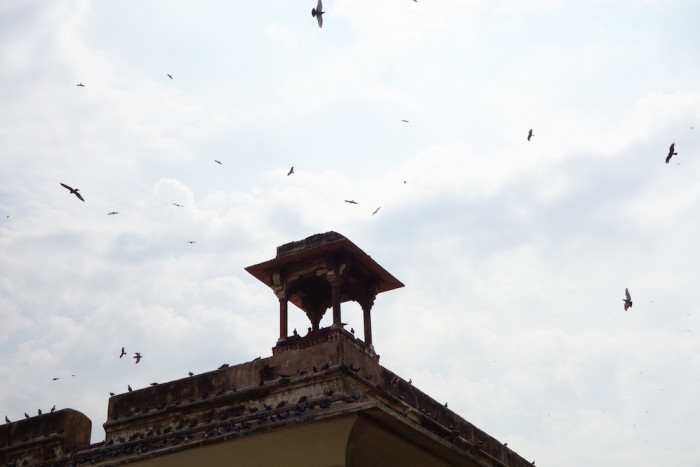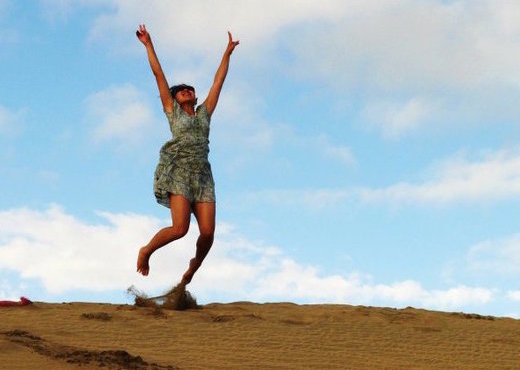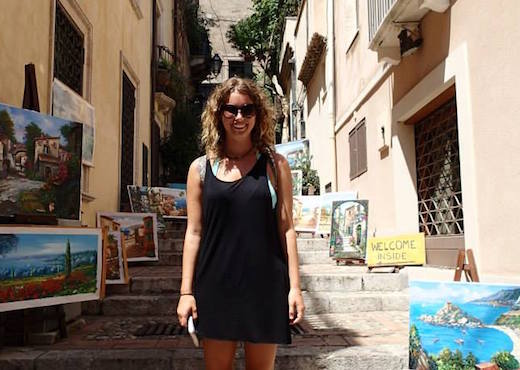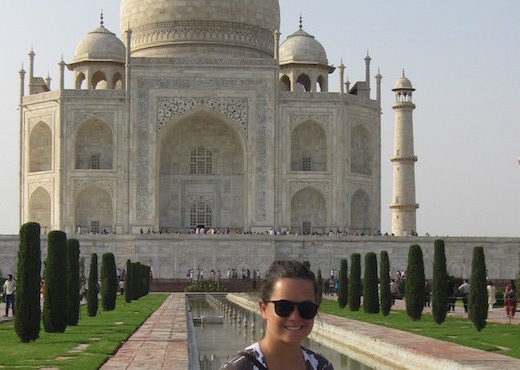IN 2016, we are celebrating ‘12 Years of Inspired Adventures’—12 years of incredible achievements, amazing stories and exciting adventures to enchanting destinations.
From our first dollar fundraised in 2004 to over $21 million raised last year, we know we would not have reached such heights without our charity partners, their incredible fundraisers and all the people who support them. The memories, moments and milestones we’ve shared over the last decade are what inspire us to aim higher and reach further as every year passes.
In taking on an Inspired Adventure, you make the decision to travel for good, to help change our world for the better. We find that many people who have returned from an Inspired Adventure go on to do amazing things. Indeed, it’s hard to come back from an Inspired Adventure without a certain shift in your soul. If you can scale mighty mountains, cycle across countries or trek through rugged jungles, all while raising significant funds for a cause you’re passionate about, what can’t you do?
But where did it all begin?
Inspired Adventures was the light-bulb moment of Justine Curtis, our CEO and Founder. In 2001 on a sabbatical to India, Justine met her hero and inspiration: Palden Gyatso, a former Tibetan political prisoner who was imprisoned and tortured for 33 years by the Chinese government. Mirroring the plight of many dedicated travellers, Justine returned to Australia wondering how to translate all that she had learned in India to something worthwhile and useful for the world. With a background in marketing, she helped launch a large street fundraising agency called Face-to-Face that empowered youth to fundraise for charities.
While sitting through a management training course, Justine had the crazy (yet inspired!) idea to climb Mount Kilimanjaro with three friends and raise $30,000 to fund a water pump for an orphanage in Zimbabwe. In 12 short weeks, she went from thinking climbing Mount Kilimanjaro was “literally insurmountable” to standing on top of the mountain, armed with a new vision for a business.
So in 2004, Justine started Inspired Adventures, a fundraising agency that raises thousands for charity while also taking people on the journey of a lifetime, physically and emotionally. She says, “I wanted to support people from all walks of life, so they could prove to themselves that they are greater than they ever thought possible.”
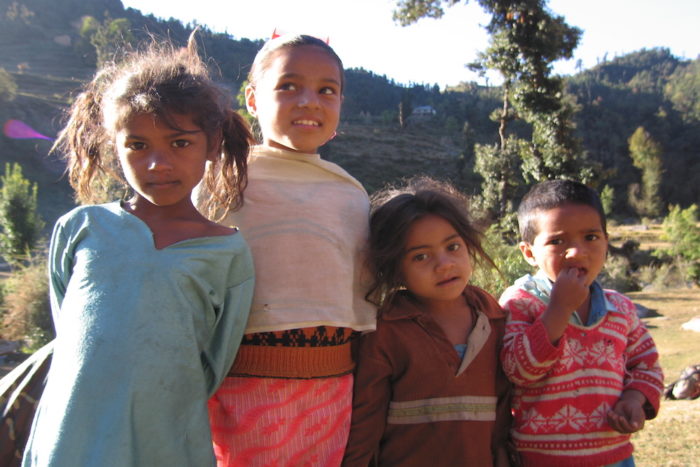
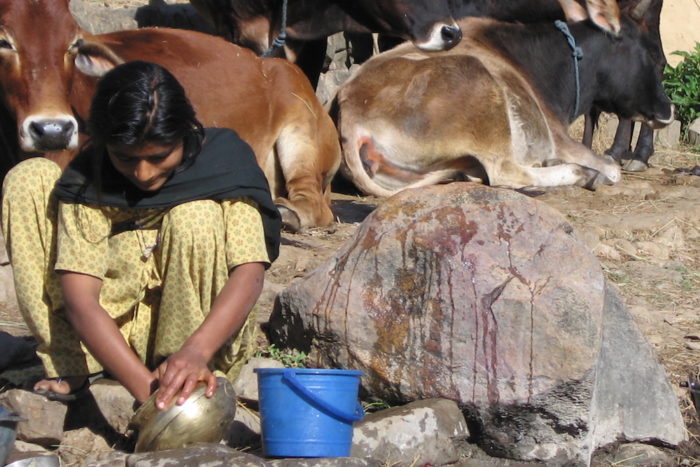
In tribute to her hero, Justine decided the first charity partner she wanted to work with was the Australia Tibet Council. She approached Paul Bourke at ATC, told him her idea, and the rest is history. The Australia Tibet Council went on their first adventure to India in 2005, where fundraisers who undertook the adventure raised a massive $50,000. The next few years saw Inspired Adventures and the Australia Tibet Council travel with passionate ATC supporters, taking on challenging treks in northern India. Then in 2013, Inspired Adventures and ATC began taking supporters on insight tours to Dharamsala, in northern India, where they could experience the rich Buddhist culture of Tibet with a group of like-minded people.
Now in 2016, we have again teamed up with the Australia Tibet Council for this year’s Dharamsala Insight tour. So what’s the experience like? On this two-week adventure, you will be immersed in the ambience of Dharamsala, the political and spiritual home of the Tibetan community in exile. You will gain unique cultural insights through visits to His Holiness, the Dalai Lama’s temple, the Norbulingka Institute, the Tibetan Children’s Village, the Tibetan Nuns’ Project, the Tibet Museum and so much more. You’ll hear the moving stories of life in Tibet from newly-arrival refugees, witness the enduring strength of the Tibetan struggle as you visit cultural and political organisations, and hear from young and passionate Tibetan activists about their dreams of a future Tibet.
Best of all, by joining this adventure, you will be supporting the important advocacy work of the Australia Tibet Council as they campaign on behalf of Tibet’s people, culture and fragile environment (your travel cost includes a $1,200 donation to ATC).
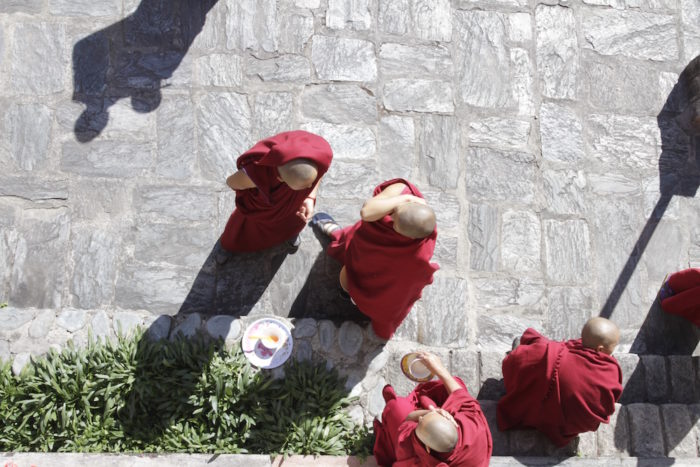
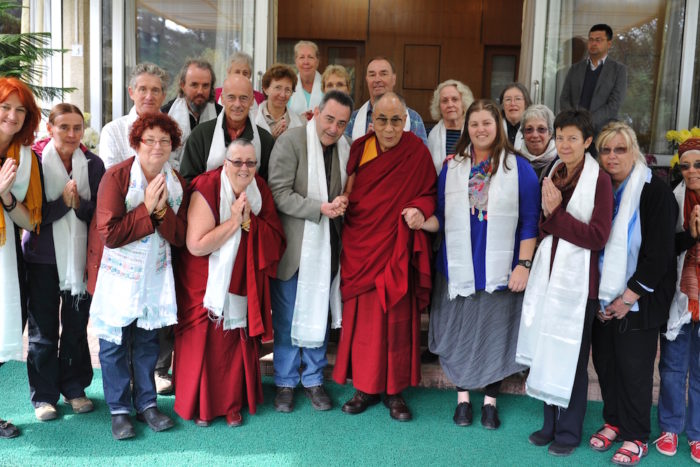
Interested in joining the trip?
Contact Inspired Adventures or the Australia Tibet Council at insight@atc.org.au to learn more!
When you sign up, you will be able to provide a friend with $200 off their travel cost if they join the adventure. Also, if you’re a past Inspired Adventures participant and you sign up for this adventure, you’ll also receive $200 off your travel cost!
![]() @INSPIREDADVENTURES
@INSPIREDADVENTURES
[mgl_instagram_user username=”inspiredadventures” cols=”6″ number=”6″]



